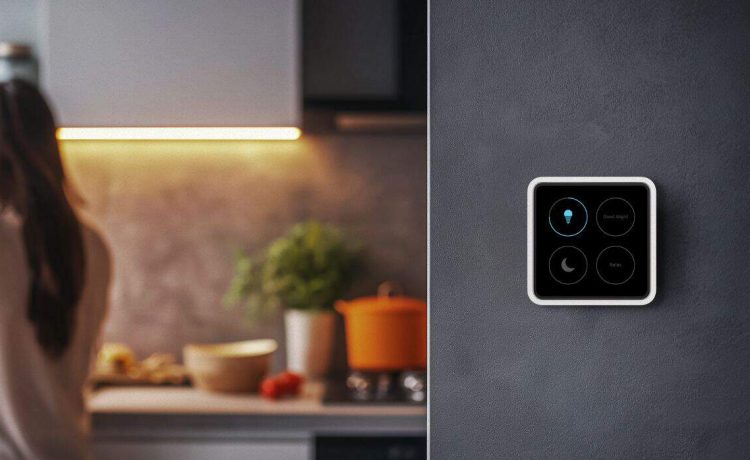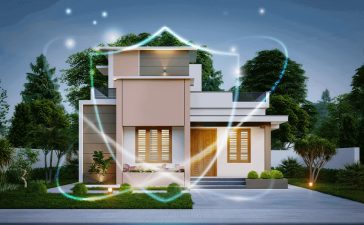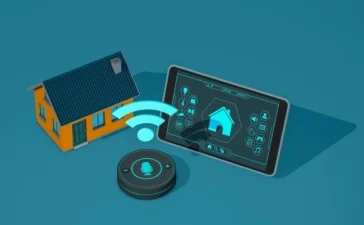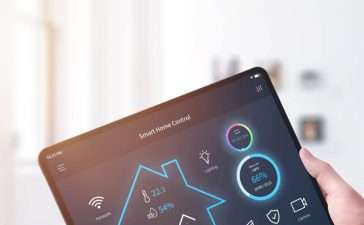The modern smart home has become synonymous with convenience, efficiency, and customization. As the technology powering these homes continues to evolve, two of the most significant innovations that have emerged are smart lighting and artificial intelligence (AI). Both play crucial roles in creating an interconnected, user-friendly environment, but when it comes to improving the day-to-day experience in a smart home, the question arises: which is more essential, smart lighting or AI? While these technologies are often intertwined, each brings unique advantages to the table. Let’s explore how both of these components work in the context of a smart home and ultimately, what works best for enhancing your living space.
The Evolution of Smart Lighting
Lighting, while one of the oldest technologies in home automation, has undergone a remarkable transformation in recent years. Smart lighting has become one of the most accessible and widely adopted smart home technologies. No longer confined to simply turning lights on or off, modern smart lighting systems offer a range of features that go far beyond traditional lighting solutions.
At its core, smart lighting enables homeowners to control the brightness, color, and scheduling of lights remotely, either through an app, voice commands, or motion sensors. The ability to adjust the lighting to fit your mood, time of day, or activity has revolutionized how we interact with our environments. For example, during the day, you might prefer bright, white light to energize the space, while in the evening, you can switch to warmer tones that create a cozy ambiance. Smart bulbs like those from Philips Hue, LIFX, and others are designed to be versatile, offering millions of colors and dimming options to match any occasion.
Beyond customization, smart lighting plays a key role in energy efficiency. With features such as scheduling, motion sensors, and remote control, smart lighting can ensure that lights are only on when needed. Additionally, some systems can be integrated with home automation platforms that adjust the lighting based on your behavior or location, further optimizing energy usage and reducing waste. For instance, lights can be programmed to turn off automatically when you leave the house or adjust based on the amount of natural light in the room.
Security is another area where smart lighting shines. Many systems allow you to set up “away” routines, where lights automatically turn on and off at specific intervals to create the illusion that someone is home, deterring potential intruders. Motion sensor lights can also be strategically placed around the property, providing added visibility and protection during the night.
The Rise of Artificial Intelligence in Smart Homes
Artificial intelligence (AI), on the other hand, represents the brain behind many advanced smart home systems. While smart lighting is a component of many smart homes, AI is the driving force that brings everything together. AI-powered systems enable devices to learn from your habits and routines, offering a more intuitive and personalized living experience.
A key element of AI in smart homes is machine learning. Over time, AI systems gather data from various devices, sensors, and user inputs to make predictions and automate tasks. For example, a smart thermostat like the Nest Learning Thermostat uses AI to learn your temperature preferences, adjusting the climate of your home based on your schedule, behaviors, and even the weather outside. Similarly, AI can be used to optimize energy usage, control security systems, and manage household tasks with remarkable precision.
The true power of AI is its ability to integrate various smart devices and make them work in harmony. By centralizing control, AI can create personalized routines and scenarios that enhance comfort and efficiency. Consider a situation where you come home after a long day: with AI, your home could automatically adjust the lighting, temperature, and even play your favorite playlist as soon as you walk in the door. AI-powered voice assistants like Amazon Alexa, Google Assistant, or Apple Siri serve as the interface for these interactions, allowing users to control devices and access information through simple voice commands.
Additionally, AI is crucial in enhancing home security. AI-driven cameras and security systems, such as Ring or Nest Cam, use machine learning to differentiate between humans, animals, and vehicles, minimizing false alarms. These systems can alert homeowners to potential threats in real-time, and some even allow users to access footage through their smartphones, ensuring peace of mind whether they’re at home or away.
Lighting and AI: A Perfect Pairing?
While both smart lighting and AI offer individual benefits, their true potential is unlocked when used together. Rather than comparing one against the other, it’s important to recognize how they complement each other to create a truly intelligent home environment.
Imagine a scenario where your AI system works with your smart lighting to create the perfect ambiance for any activity. As you begin cooking in the kitchen, the AI system recognizes your movement and adjusts the lighting to a brighter, cooler tone. When you move into the living room to relax, the lighting softens, and perhaps a favorite playlist starts playing, all automatically coordinated by AI. In this case, lighting and AI are not competing for relevance—they are working together to enhance the overall experience.
Moreover, AI can optimize the efficiency of your smart lighting system. For example, if your AI system detects that you are frequently leaving lights on in empty rooms, it can suggest or automatically implement a more energy-efficient routine. Similarly, AI can learn your lighting preferences over time, adjusting not only based on your schedule but also according to factors like weather, time of day, or even your current activity.
AI’s ability to gather and process data can also be used to make lighting decisions more intelligent. Instead of manually adjusting your lighting every time you enter a room, AI can do it for you, learning the lighting preferences that you typically set for each space. Whether you’re working, entertaining, or winding down for the night, AI ensures the lighting is always just right, without any intervention needed on your part.
Which Works Best?
The question of whether smart lighting or AI works best in a smart home doesn’t have a one-size-fits-all answer. Both technologies provide valuable benefits, but their effectiveness is most pronounced when combined. Smart lighting can transform the aesthetics and functionality of your home, making it more comfortable, energy-efficient, and secure. On the other hand, AI is the foundation of home automation, offering intelligence, learning, and integration that optimizes the performance of various smart devices, including lighting.
For homeowners who prioritize simplicity and direct control, smart lighting may be enough to create a more efficient and customized living space. With smart bulbs and remote control, you can easily adjust your home’s lighting to meet your needs.
However, for those who seek a truly connected home experience where devices work together seamlessly, AI offers a more comprehensive solution. With AI, your entire smart home ecosystem—lighting, security, climate control, and entertainment—becomes more intuitive and responsive. By learning your habits and preferences, AI ensures that your home adapts to you, rather than the other way around.
Conclusion
Both smart lighting and artificial intelligence are pivotal components of a smart home, each offering unique features that improve comfort, convenience, and security. While lighting can significantly enhance the atmosphere and functionality of your home, AI is the backbone that makes everything work cohesively and intelligently. Ultimately, the best smart home experience combines the best of both worlds—smart lighting for an optimized living environment and AI for a connected, intuitive system that learns and adapts to your needs. Whether you prioritize the simplicity of smart lighting or the power of AI, the future of home automation is undoubtedly brighter and more intelligent than ever before.









